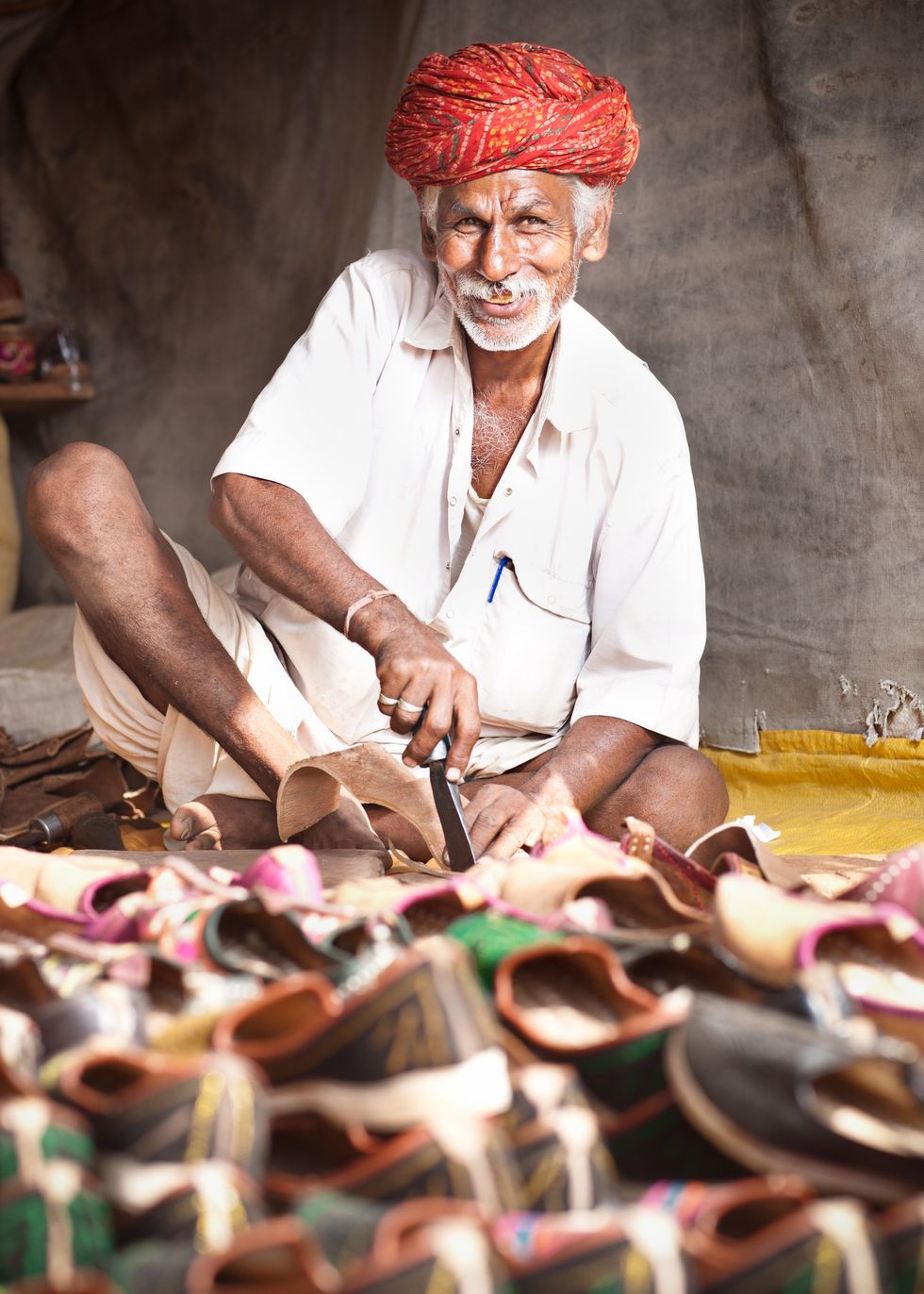By Professor Bridget Byrne
ONE of the lessons of the pandemic is that racial discrimination and racial inequality kill.
The evidence was already there, but the impact of the virus and lockdown has brought the tragic impact of discrimination into sharper focus, and made it even more urgent to address the root causes.
We know that ethnic minority people have died at higher rates due to Covid-19. Chief medical officer Chris Whitty’s recent risk analysis tool highlighted ethnicity as a risk factor for severe Covid-19. But there is a danger that we recognise this fact, then fail to address the underlying causes and the wider impact of the pandemic on unequal life chances.
It’s not only death and illness due to Covid-19 that’s the problem. Ethnic minority people are more vulnerable to the lockdowns and economic shock caused by the pandemic. It’s important we understand this vulnerability is due to the discrimination and disadvantage they experience in the UK, from housing to healthcare, education to employment and encounters with the police.
An independent government review in 2017 highlighted the continued disadvantage faced by those from ethnic minority backgrounds in the labour market compared to white British people, even accounting for the differences between groups.
This disadvantage has led many people to choose self-employment and the (high) concentration of ethnic minority groups in certain sectors such as hospitality, healthcare and transport. It has not only increased their exposure to Covid-19, but also resulted in increased financial hardship and higher rates of unemployment. For example, from July to September 2020, the UK unemployment rate for people from a white ethic background was 4.5 per cent, compared to 8.5 per cent for ethnic minorities.
Unsurprisingly, financial pressures and illness have profound effects on wellbeing and mental health. At the start of the first lockdown, around a third of those from Indian, black, African, Caribbean or black British backgrounds reported an increased or persistent loss of sleep over worry. This compared with less than a quarter of white British respondents.
Then there’s the impact of bereavement on families, particularly where they may have lost multiple loved ones or not had the opportunity to come together to mourn fully.
However, there have been two unexpected and potentially positive effects of the pandemic. The first is an unprecedented recognition – by policymakers, politicians and the media – of the injustice caused by inequality and the ways in which Covid-19 has hit some groups disproportionately. The second is a change in the public’s understanding of which jobs matter; and who is doing those jobs.
As the posters went up in support of NHS and other key workers, the knowledge that those doing the most crucial jobs in our society were often the most poorly paid and often from ethnic minority backgrounds has hopefully hit home. We have a new respect and gratitude for shopkeepers, nurses and taxi drivers who carried on working despite the risks.
However, if we are to ensure the post-pandemic recovery reflects the need to address ethnic inequalities, we must have a more in-depth understanding of the impact of Covid-19 and lockdown on minorities.
That’s why UK Research and Innovation’s funding for new studies into Covid and ethnic minority groups is particularly welcome. The Centre on the Dynamics of Ethnicity (CoDE) is conducting the largest ever survey of ethnic and religious minority people’s experience of the pandemic and lockdowns so we can get a clear picture of which ethnic groups have been most severely affected, with particular attention paid to gender, age, religion and region.
While complimenting the 2021 Census, it will ask a much broader range of questions, examining people’s experiences of racism, encounters with the police as well as the impact of Covid on employment, finances and mental and physical health.
The Black Lives Matter protests over the summer, alongside the recognition of the uneven impact of the pandemic, have given a new urgency to achieving a more just country. Crucially, we need to understand what the government, the NHS, employers, schools, colleges and universities need to do to address discrimination and inequality.
We’ve had a wake-up call on racial discrimination and inequality – we need to fully understand how it works and who it affects in order to stop it.
Professor Bridget Byrne is director of the Centre on the Dynamics of Ethnicity (CoDE: www.ethnicity.ac.uk) and co-editor sociology at the University of Manchester: www.research.manchester.ac.uk/portal/bridget.byrne.html





 Prada confirms Kolhapuri chappals inspired its 2026 Milan collectionInstagram/
Prada confirms Kolhapuri chappals inspired its 2026 Milan collectionInstagram/ Kolhapuri chappals have been crafted for centuries and received GI tag in 2019 iStock
Kolhapuri chappals have been crafted for centuries and received GI tag in 2019 iStock 








 Wintour also became synonymous with the Met GalaGetty Images
Wintour also became synonymous with the Met GalaGetty Images

